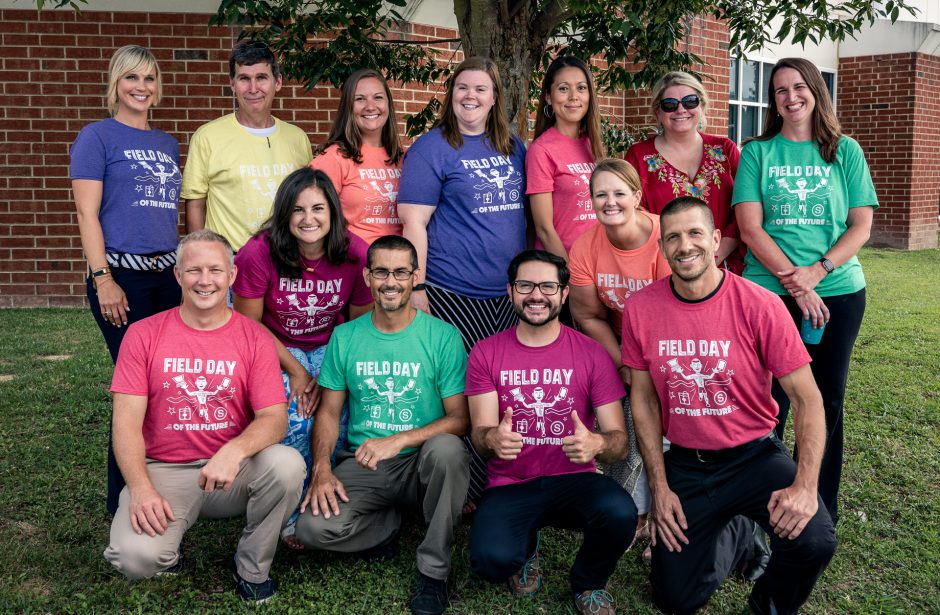Ms. Lehman at Maybeury Elementary asked for some new ideas for teaching a the Matter Unit to her students. We came up with the idea to introduce this unit by having students conduct research in stations. Throughout their research, the students will compile information they find on their group’s Google Doc. After the research is complete, the teacher will take the information that the students found during research and make a notes page for the students. This way the students are taking more ownership over their notes because they worked so hard to write them. We had 6 Stations with about 4 members in each group. The stations include:
1. Atoms & Elements Atoms&ElementsCyberHunt.pages
2. Chem4Kids Website
3. Papercutting to simulate the size of an atom
4. AtomsAndElements.flipchart
5. Various Print Resources (Kids Discover Magazine, Encyclopedias, Text Book, ScienceSaurus, etc.)
6. Assigned Content on Discovery Education













The students really had a great time with these research stations! Their only complaint was that it was tricky to figure out where to type in the Google Doc, but by the end of the first day, they were pros! Sometimes when you first open the Google Doc, it doesn’t allow you to type right away. We discovered that if you type in the finder window (Apple + F), it will then let you type in the document with no problem. After the first two class periods of research, the teacher and I went into their documents and made comments/asked questions to help keep the students on the right track with their research.

For the final product, students chose from Pixie, Comic Life, or everyday materials (paper clips, cotton balls, etc.) to build a model of an atom of an element of their choice. Here’s an example of one of the atoms they created. The teacher then posted these photos to Edmodo so that students could guess which atom of an element their classmates had created. This was a perfect way to have students reflect on the process and explain how showing the different levels of electron clouds in the model can make it easier to fit the electrons on the atom.




